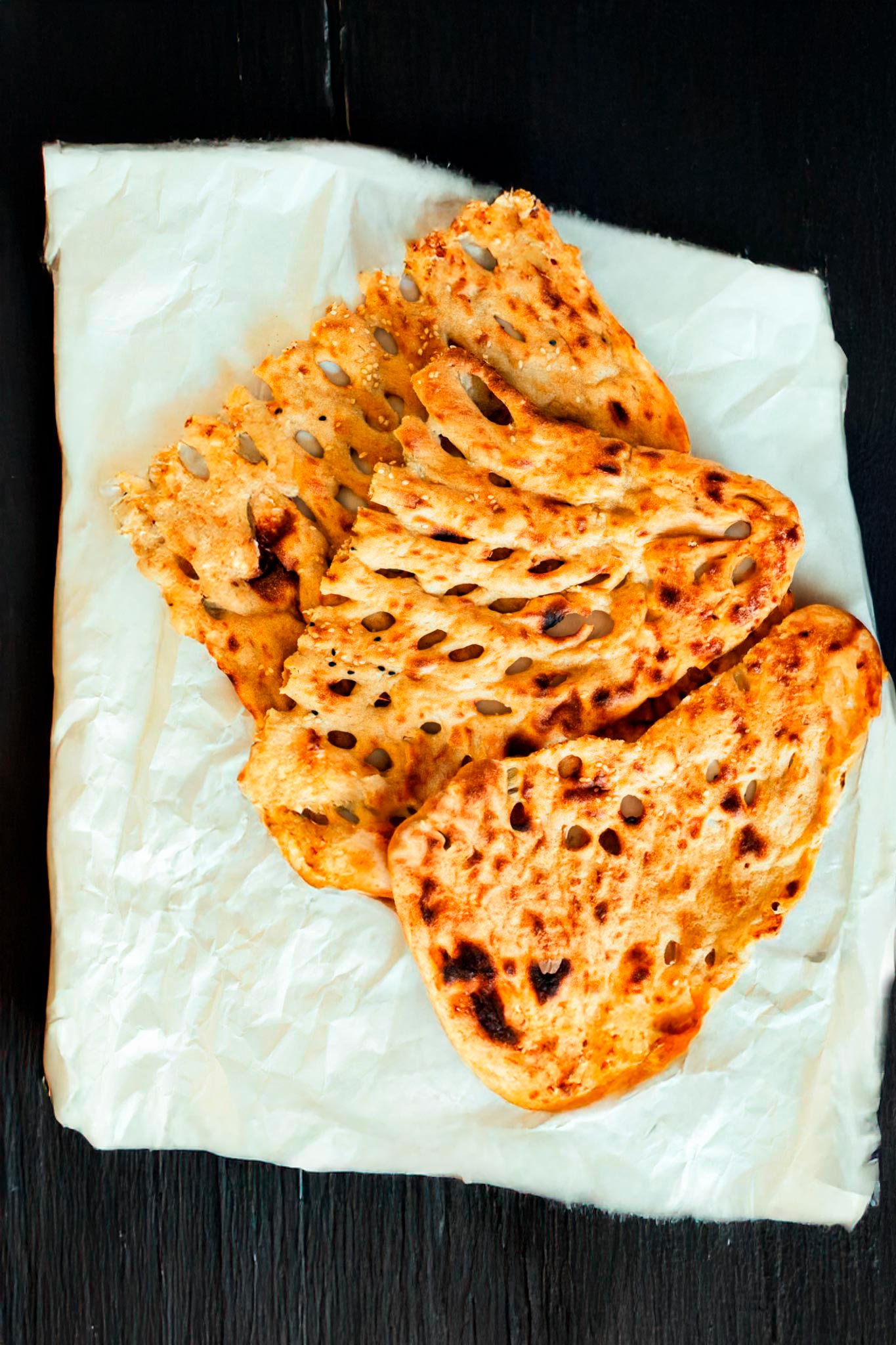Khamir Torsh: The Persian Art of Natural Fermentation in Bread Baking
What is Khamir Torsh?
In the world of baking, many cultures have their own form of naturally fermented dough. While France has Levain, Italy has Biga, and Denmark has Surdej, Iran has its own version: Khamir Torsh (خمیر ترش). The name directly translates to "sour dough", referring to a naturally fermented dough starter used in traditional Persian bread-making.
Though not as widely known as sourdough in Western baking, Khamir Torsh plays an essential role in producing flavorful, aromatic, and well-textured Persian breads like Barbari, Sangak, and Taftoon. This ancient fermentation method predates commercial yeast and has been used for centuries to enhance bread’s digestibility, improve texture, and add depth to its flavor.
How Khamir Torsh Compares to Other Natural Ferments
Each culture has developed its own version of a natural preferment to enhance bread flavor, texture, and shelf life. Here’s how Khamir Torsh compares to Levain (France), Biga (Italy), and Surdej (Denmark):
| Feature | Khamir Torsh (Persian) | Levain (French) | Biga (Italian) | Surdej (Danish) |
|---|---|---|---|---|
| Fermentation Time: | Shorter, often made fresh | Long, maintained over time | Medium, used within 12-24 hrs | Long, maintained indefinitely |
| Leavening Power: | Enhances texture, used with yeast | Can fully replace yeast for rising | Used with yeast, enhances structure | Fully replaces yeast when mature |
| Acidity: | Mild, subtle tang | More pronounced sourness | Mild, slightly sweet | Noticeably sour |
| Hydration: | Medium to high | High hydration | Lower hydration, firm dough | High hydration |
| Common Use: | Traditional Persian flatbreads | Sourdough loaves, rustic breads | Italian breads like Ciabatta & Focaccia | Rye breads, Danish sourdough loaves |
While Levain and Surdej are kept permanently and refreshed regularly, Khamir Torsh is often made fresh for each batch of bread. Biga, like Khamir Torsh, is also used as a short-term ferment but differs in hydration and function.

The Role of Khamir Torsh in Persian Baking
Persian bread-making relies on techniques that balance fermentation, hydration, and heat to create distinct flavors and textures. Khamir Torsh contributes to:
1. Flavor Development
- A mild sour tang gives depth to breads like Barbari and Sangak.
- Slower fermentation allows complex flavors to develop naturally.
2. Improved Texture & Structure
- Increases chewiness and elasticity, creating an airy yet structured bread.
- Enhances the ability of the dough to trap steam, resulting in a crisp crust and soft interior.
3. Digestibility & Health Benefits
- The natural fermentation breaks down gluten and makes the bread easier to digest.
- Supports gut health with natural probiotics from the fermentation process.
How to Make Khamir Torsh (Persian Sourdough Starter)
If you want to bake Persian-style breads with natural fermentation, you can create your own Khamir Torsh at home.
Ingredients:
- 2,5 dl whole wheat flour
- 1,25 dl water (lukewarm)
- 1 tsp honey or sugar (optional, to speed fermentation)
Instructions:
1. Mix all ingredients in a bowl until a thick, sticky dough forms.
2. Cover with a cloth and let it sit at room temperature for 24-48 hours, stirring occasionally.
3. When it bubbles and develops a light sour aroma, it's ready to use.
4. Add it to your bread dough as a flavor enhancer, or mix it with yeast for a natural rise.
Traditional Persian Breads That Use Khamir Torsh
- Barbari: A thick, chewy flatbread with a crisp crust, perfect for breakfast with feta cheese.
- Sangak: A whole wheat flatbread baked on hot pebbles, with a deep, complex flavor.
- Taftoon: A soft, slightly charred flatbread, ideal for wrapping kebabs or serving with stews.
Using Sourdough in Persian Baking
While Khamir Torsh is a traditional method, you can also adapt Western sourdough starters (Levain or Surdej) for Persian bread baking. If you already have a sourdough culture, substitute it for yeast in your Barbari or Sangak recipe for a more complex, fermented flavor.
If you want mild fermentation without strong sourness, feed your sourdough starter more frequently and use it when young to mimic the milder effects of Khamir Torsh.
Khamir Torsh is a hidden gem in Persian baking, offering natural fermentation benefits while keeping the bread-making process simple. Whether you're an experienced baker or just starting to explore Persian cuisine, using this traditional method can transform your breads, adding depth of flavor and historical authenticity to your baking.
Try incorporating Khamir Torsh into your homemade Barbari, Sangak, or Taftoon, and experience the magic of Persian natural fermentation!

